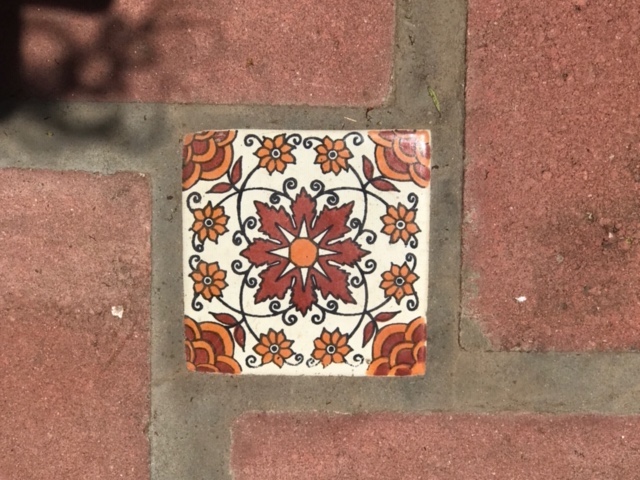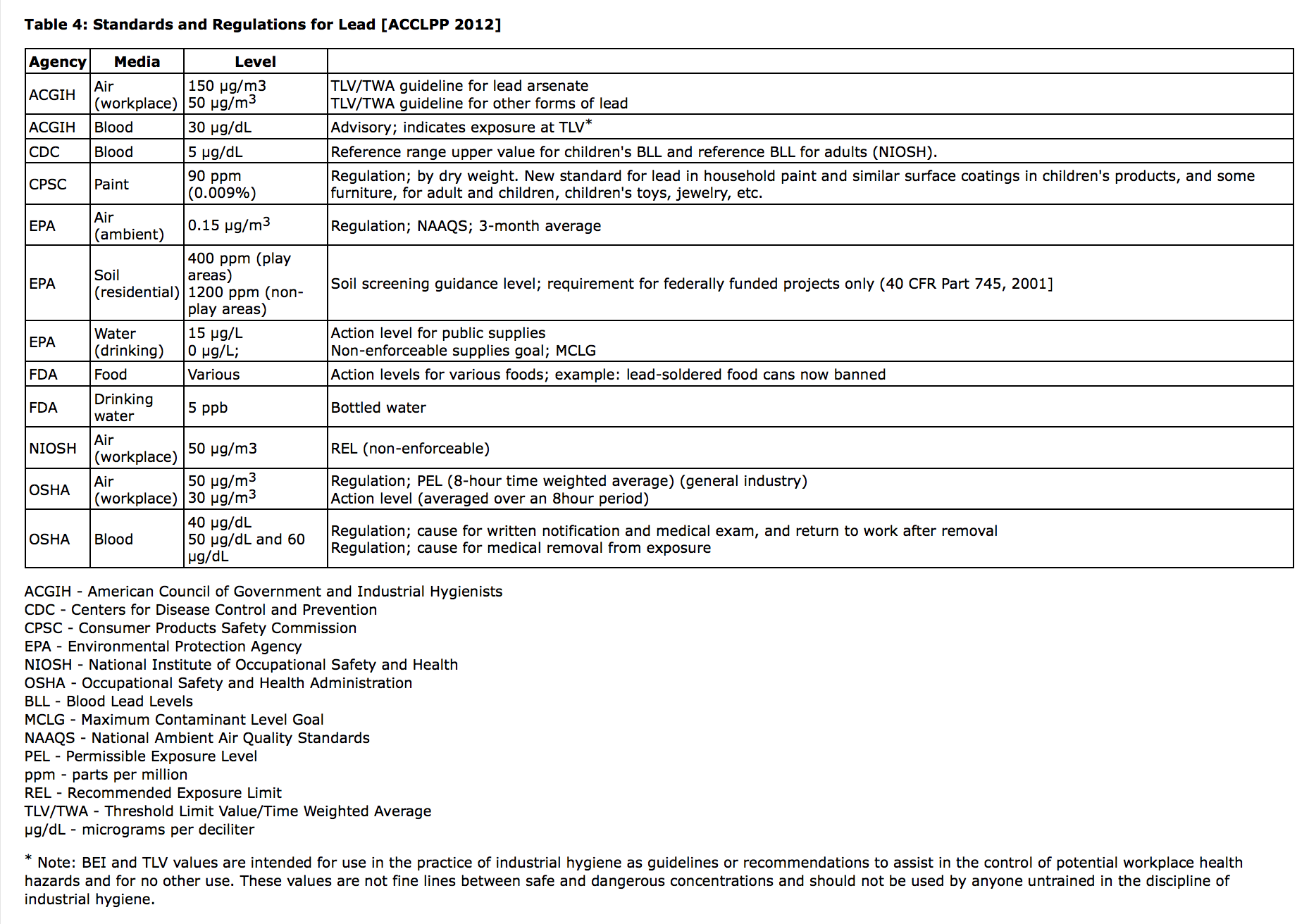Mexican tiles often have unsafe levels of Lead. Tile pictured: 74,000 ppm Lead. > 90 ppm is illegal in modern house paint.
 When tested with an XRF instrument, the hand-painted Mexican tile pictured here had the following readings:
When tested with an XRF instrument, the hand-painted Mexican tile pictured here had the following readings:
- Lead (Pb): 74,000 +/- 3,200 ppm
- Barium (Ba): 2,522 +/- 281 ppm
- Chromium (Cr): 5,608 +/- 914 ppm
- Antimony (Sb): 2,438 +/- 210 ppm
- This tile was non-detect (negative) for: Cadmium (Cd), Arsenic (As), Mercury (Hg) and Selenium (Se).
XRF-detectable Lead content in tile is not regulated (there is no set limit for allowable maximum levels of Lead in tile), even in newly manufactured tiles sold for use in California! For context however, anything over 90 ppm Lead is considered illegal in modern house paint.
Click to see the table with regulatory standards (including paint).
The main concern of course is the potential for Lead dust to be created in demolition of tiles like this, however some of these tiles may also be fired at low enough temperatures that they would even test positive with a reactive agent swab test — and at that point, their mere presence in a home could potentially be a significant source of Lead exposure / Lead poisoning for a child.
If you have tiles like this in a home where young children also live, a first step would be to do an at-home test with a LeadCheck® swab (which will tell you fairly instantly if it has available Lead on the surface at levels of 600 ppm or higher.)
However, the reverse is not true —that is, even if a tile like this does not test positive with a reactive agent swab test, it still could be very high Lead and could potentially poison a child (read more about that here.) As a result, if you do have a child with an elevated Blood Lead Level (BLL) and there is an unexplained / mystery source for that exposure, it is always worth looking at household components that otherwise might be overlooked (like tile.)
To see more of my posts about tile, click here.
Thank you for reading and for sharing my posts.
As always, please let me know if you have any questions!
Tamara Rubin
#LeadSafeMama
*Amazon links are affiliate links. If you purchase something after clicking on one of my links I may receive a small percentage of what you spend at no extra cost to you.
Never Miss an Important Article Again!
Join our Email List



